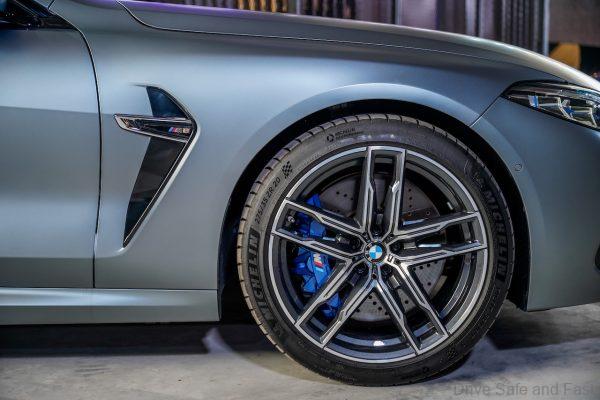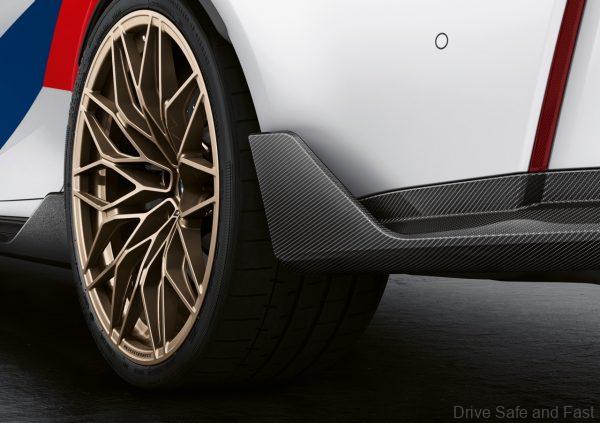Are Run Flat Tires Worth Their Price
Kills Your Handling?
Run-flat tires arrived in the automotive market in a big way when they got fitted on the brand new BMW Z4 in 2002. This BMW sports car was fitted with the Bridgestone RE050 RFT (Run-Flat Tire). Then in 2003 BMW installed run-flat tires on their all new 5 Series and this signaled the death of the spare tire and tool kit. Without a spare tire and tool kit, BMW provided a lighter car and better boot space.
However, early run-flat tires were not as reliable as BMW wanted them to be and the rest of the German automotive brands just watched and waited. Sidewalls were weak, it delivered a harsh ride on our roads, tire roar at high speeds were an issue and prices were high with early run-flat tires.
As the years progressed, more tire manufacturers introduced run-flat tires in their range and the prices went down, tire roar was reduced and sidewalls were better. Soon, Mercedes-Benz looked at run-flat tires, starting only with their high end models, while BMW installed them across the range.

Our RFT Experience
We have test driven cars with run-flat tires over the many years and have had issues with them. About 6-years ago with the BMW 1 Series, we found the run-flat tires to be ‘harsh’ on our roads and steering feel was not the best. How did we judge this? Well, on a long distance test drive across Malaysia, we had two damaged tires (RFT) after hitting a bad stretch of road in Johor. It was late at night and we managed to reach our destination (28km away) while driving below 60km/h (you are advised to drive not MORE than 80km/h).
The next morning, we could not find a single tire shop with run-flat tires on sale and the nearest supplier was 70km away and was closed (Sunday). So we decided to install non run-flat tires instead on the front wheels (exact same size) and for almost half the RFT selling price and continued our journey. We immediately found the steering to return better feedback and the ride was less harsh.
The rest of our 350km journey was more comfortable and our co-driver agreed with us on the RFT issues. This was 6-years ago.
Today, run-flat tires are used on almost all premium European cars and they have improved their harsh ride, tire noise and also pricing has come down. However, many car owners with factory installed run-flat tires are opting to change to normal tires when its due for a change.

Repair Not Possible
Run-flat tires cannot be repaired like conventional tires when you have a puncture so the issues in Malaysia with road debris and potholes mean you are better off not using run-flat tires if you want to save money in the long run and you ride comfort will be a lot better. Run-flat tires are better suited for Singapore roads.

Cost
Example, 17-inch run-flat tires cost between RM600.00-RM950.00 in Malaysia and non run-flat tires will be about 15 to 20 per cent cheaper.
If you drive a BMW and you want to change all your tires back to conventional tires it is best to get space saver spare tire and tool kit which will cost you about RM400-450.00.

My Verdict
Personally, I am not yet a fan of run-flat tires and only see their value when it comes to high performance supercars that are fitted super lean tires. Family vehicles and sedan drivers should use conventional tires and have a spare in the rear with a tool kit or invest in a tyre repair kit which is easy to use and works until you get to your next destination.

RFT Technology Explained
There are two primary types of run flat tire systems: the self-supporting system and the support ring system. In most self-supporting run flat tire systems, the tire features reinforced sidewall construction that will continue supporting the vehicle in the event of air loss. This construction allows continued operation after the loss of air pressure up to the speed and distance specified by the manufacturer.
The biggest benefit of run-flat tires is that you do not have to change your flat or damaged tire in dangerous or uncomfortable conditions. This is perhaps the biggest benefit of run flat tires and is the one of the reasons why they were designed. With conventional tires, you have to replace a flat tire on the spot or have your car towed.
In a puncture situation, run flats are more stable than conventional tires. Since they are made to support your vehicle even when they contain no air, run flat tires will help you maintain better control in a complete air loss situation than conventional tires.
As consumers continue rating safety high on the list of features they look for in a vehicle, the popularity of run flat tires is expected to grow. Since run flat tires work reliably with interconnected technologies like TPMS, it may only be a matter of time before they become the norm rather than the exception in new vehicles.
